Top 6 Mistakes Marketers Make on YouTube Influencer Campaigns
According to recent studies, up to 75% of marketers are now investing in influencer marketing and 60% of brands will increase the amount they spend on it in 2016. Moreover, the latest research shows that YouTube has the best ROI above any other social media platform.
Couple that with the fact that YouTube is the second largest search engine and has a monthly user base of more than 1 billion people, it’s no surprise that YouTube sponsorships are one of today’s top-ranked customer acquisition tools.
YouTube marketing offers big rewards, but the path to success in this uncharted territory can be bumpy. In this article I will share the top 6 mistakes marketers often make, as well as strategies for avoiding them.
Mistake #1 – Action Without Strategy
One common mistake marketers make when launching YouTube influencer campaigns is to only have vague goals and objectives in mind. Often marketers’ only goal is to reach a certain amount of views and interactions (likes, comments, shares) per video or across several channels.
Managers start allocating marketing budgets and choosing talent before clearly defining which metrics should be used to measure a campaign’s success. Is it a sales play campaign measured by lead to customer conversion rates, revenues and acquired customers’ lifetime value? Is it a brand awareness campaign measured by increase in brand recognition, referral and direct traffic or lift in brand conversation? Is it brand channel growth activation campaign measured by an increase in new visitors and subscribers? Or maybe the objective is a combination of any of the above.
An ROI positive YouTube influencer campaign requires a well thought out strategy. Along with numeric campaign goals, marketers should define KPIs – key metrics indicating whether a campaign’s performance can achieve these goals. This will allow for better decisions and strategies to meet the ultimate objectives.
Here is an example of a sales play campaign goals and KPIs:
Goal: 3000 app downloads, CPA ≤ $10
- KPI 1: 3% website leads/video views conversion rate
- KPI 2: 20% app downloads/website visits conversion rate
- KPI 3: 500,000 video views
- KPI 4: Cost per view ≤ $0.06
In this example the maximum campaign spend has been defined at $30,000 (500,000*$0.06). We know how many views and at which conversion rates we have to hit in order for the campaign to be successful.
Mistake #2 – The Blind Date
Discovery is a crucial stage and will define a campaign’s success. During the stage, marketers tend to fall into a common trap: choosing talent based solely on the channel’s number of subscribers and latest video views.
However, YouTube hosts a much larger amount of data on video watching behavior and habits. The rise of Big Data analytics provides online tools to help marketers dig deep to find the highest-quality talent for their brand. There are several key data-driven aspects marketers should analyze when choosing talent: Relevance, Reach, Engagement, Influence and Consistency.
Relevance identifies whether a channel’s audience will be authentically interested in your product or service and is determined by keywords and audience overlap.
Reach looks at the average number of views per video and is calculated as the average number of views during a set period of time.
Engagement measures how actively the audience interacts with a channel’s content and is usually computed using total views and interactions.
Influence indicates whether a channel stimulates action and audience growth and is calculated based on how content is shared outside the channel and if viewers turn into subscribers.
Consistency analyzes how often the channel is delivering meaningful content and is measured by averaging various channel performance metrics from video to video.
Failure to analyze any of these crucial parameters may result in a poorly targeted audience, low conversion rates and washed budgets.
Example:
The AngryJoeShow gaming channel has significantly less reach than TobyGames (2.3 million versus 7 million, respectively), but more engagement — 300K – 400K views and 7K likes on average per video, versus 30K – 40K views and 1K likes for TobyGames. We can also see a striking difference in daily subscriptions growth between the two channels:
Without digging deeper into the data, we can already see that although TobyGames has a better overall reach, AngryJoeShow performs better on the engagement and consistency scores, which determine true audience response.
Mistake #3 – Shiny Object Syndrome
Each industry has its most popular YouTube celebrities with millions of subscribers, which may seem like the fastest and easiest solution for a brand, but they only represent 1 – 5% of all influencers.
With hundreds of new channels popping up every day, marketers tend to play it safe: activate the largest channels to secure the best results, ignoring smaller channels. This strategy may lead to disappointment, providing only mediocre outcomes. Here’s why:
Lack of targeting. If a channel has a large scattered audience, it is difficult to predict what portion of subscribers would actually be interested in the particular topic or brand. As a result, subscribers can see videos irrelevant to their interests, which hurts both the influencer (jeopardizing a follower’s trust) and the brand (triggering negative sentiment). On the contrary, small and mid-sized dedicated channels attract a homogenous audience of highly engaged followers.
Lack of authentic admiration. There is a lot going on for the most popular influencers. They cover a variety of topics, experiment with different video ideas, spend a good chunk of time on marketing and let’s be honest – often treat brand partnerships as just another business. As a result, brands do not get any special interest or authentic excitement about their product or service. At the same time smaller, niche channels are sincerely interested in the particular topic and product, which leads to higher quality endorsements.
Marketers should explore the small and mid-sized niche channels, which can become the most loyal and dedicated brand ambassadors and open doors to a highly targeted and authentically engaged audience. Another advantage is that for the same amount of marketing dollars (or less), brands can reach a greater variety of audiences and produce multiple pieces of content.
Example:
Rooster Teeth, a very popular gaming channel with more than 8M subscribers covered a popular, but rather niche video game (World of Tanks) to its widespread audience of gamers gaining 350K views. Compare it to the video produced by SideStrafe, a smaller channel with 190K subscribers, published several months later and resulting in 1.5M views and much higher engagement. SideStrafe is highly focused on the topic of military and combat games and as such attracts higher quality traffic. SideStrafe’s video content is also more effective and engaging, as he understands the game very well.
Mistake #4 – Fear of Losing Control
Marketers still fall into the trap of treating influencers as actors and editorial content as video ads. Brands underestimate how keen their users are, how fragile their trust is and how shortsighted it is to fake authenticity.
Research and case studies prove that the more authentic the content is the better users react to it, which leads to higher reach, better engagement and ultimately stronger campaign results.
Think of the Proactive case study. The company tried to mirror user generated video testimonials and hired actors to produce similar endorsements. They saw 10-20 fewer video views in comparison to the testimonials created by real users. Proactive learned its lesson and today is tapping into YouTube influencers, providing talent with creative freedom, which is essential for campaign success:
In addition to the lower reach, “over-controlled” campaigns may result into a wall of negative sentiment from the community. Once users sense content irrelevance, disingenuous feedback or any other signs of inauthenticity, they will let you and everyone else know. In the realm of YouTube, these comments hurt both the talent and brand.
Let the talent run the show. They do it for living and know how to organically mention your product or brand, so the campaign gets a response.
Mistake #5 – Betting on an Agency
With the rise of YouTube influencers there has also been a rise of agencies to help brands with campaigns. The promise is that marketers can fully outsource the efforts and simply reap the rewards.
But there are pitfalls hidden in this approach:
Limited access. An agency only has access to talent in its network, and those channels may not always be the best fit for the brand’s needs. Marketers should assess each channel’s value and not limit their reach to only one “ideal” partner.
Lack of connection. Marketers often underestimate the level of personal connection required between brand and influencer. Influencers seek strong relationships with a brand, so that they can truly understand its values and speak on its behalf. It is impossible to achieve that level of connection via a third party, so marketers should be involved and engaged as much as possible.
Lack of niche understanding. The majority of agencies cater to brands within multiple industries and don’t fully understand the nuances of particular spaces. This is where a brand manager should step in and make sure that both talent and video content choices take into consideration industry specific aspects.
Working with agencies, managers need to carefully evaluate the emerging costs compared to the delivered value. What would be the overhead associated with launching campaign in-house and how does it compare to agency fees? What are the key competencies and resources your team is missing and are they provided for by the partner? These are key questions to ask before hiring an agency.
Mistake #6 – No Bang for Your Buck
One of the biggest challenges for marketers in YouTube influencer marketing is a lack of transparency and standardization in pricing models. They end up getting unreasonably high quotes and overspend, not realizing the room for negotiation in this developing market. There is no transparent, consistent pricing model in the world of YouTube influencer sponsorships for several reasons:
Different payment models. Different channels and agencies work on different payment models (pay per view, pay per action and pay per activation). Many agencies/talents work solely on pay per activation model and often do not tie their fees to guaranteed campaign results.
A new marketplace. YouTube influencer marketing is still in its infancy, and with a lack of benchmarks, the market hasn’t determined average rates. Currently influencers and agencies charge anywhere between $0.02 and $.20 per view, so there is a lot of room for negotiation.
Secretive transactions. Agencies rarely share their pricing structure, which leads to partners offering different fees for the same talent or campaign.
Marketers need to compare prices across the space and negotiate aggressively to get the best deal, which will secure a ROI positive campaign.
Try reaching out to the same talent via different channels: directly, through matchmaking platforms like Famebit or Grapevine, or via Multi-Channel Networks like Fullscreen or Maker Studios and learn the difference. Sometimes you will get a better deal with an agency due to their negotiated rates and sometimes you are better off with a direct connection without third party cuts.
Example: In my practice one agency quoted the same campaign at 3.6x higher than its competitor (90K vs. 25K).
Conclusion
The rise of YouTube influencers has created a new lucrative, scalable communication channel for brands, but only if approached in the right manner. Knowing the common pitfalls of YouTube influencer marketing can help brands maximize the return on investment and secure long-term rewards.
About the Author: As a thought leader in influencer marketing, Polina Haryacha has built and grown influencer programs with talents ranging from 50K to 10M subscribers, resulting in more than 50M views. Polina’s expertise in YouTube influencer campaigns has been featured in key industry publications such as TechCrunch and [a]listdaily. She has also created a course to empower other marketers, featuring her experience with talent discovery, content creation and campaign optimization. Connect with her on LinkedIn or Twitter.



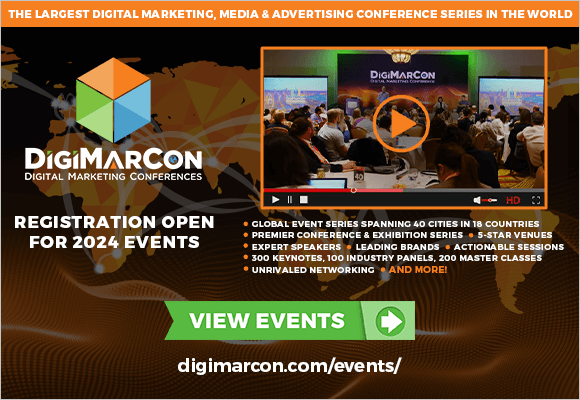

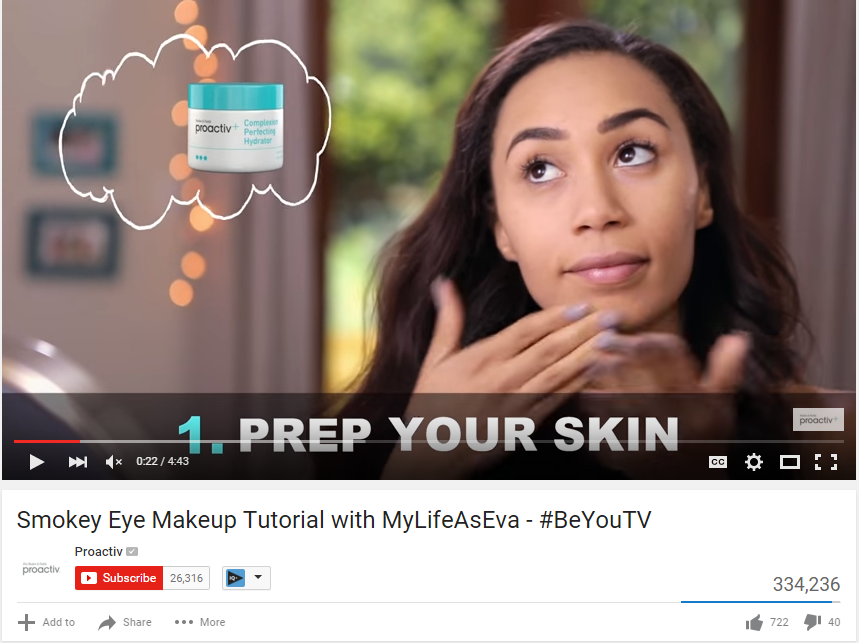








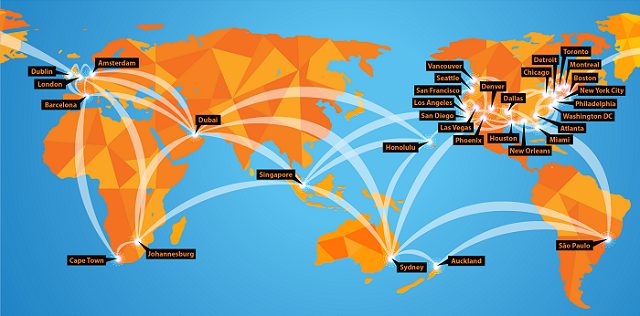





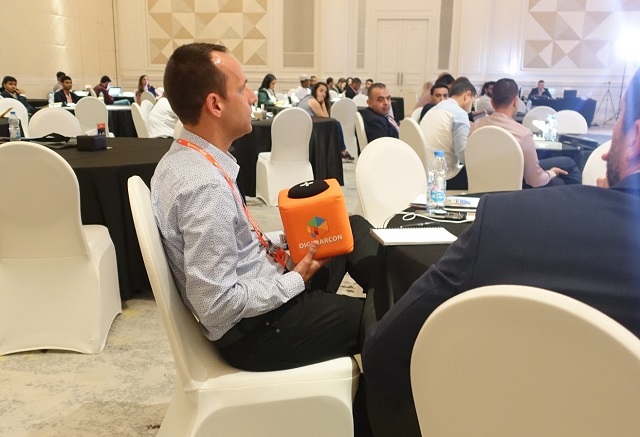
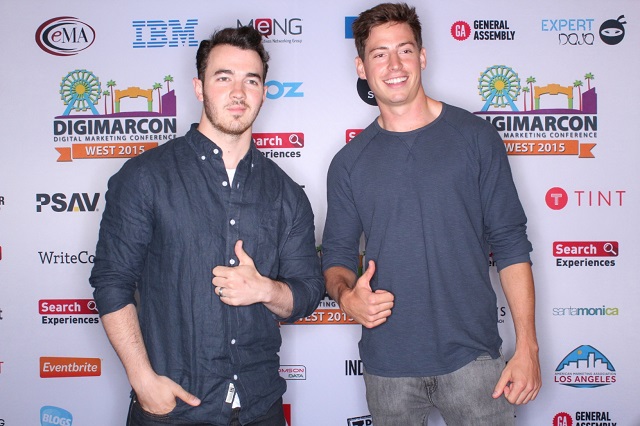
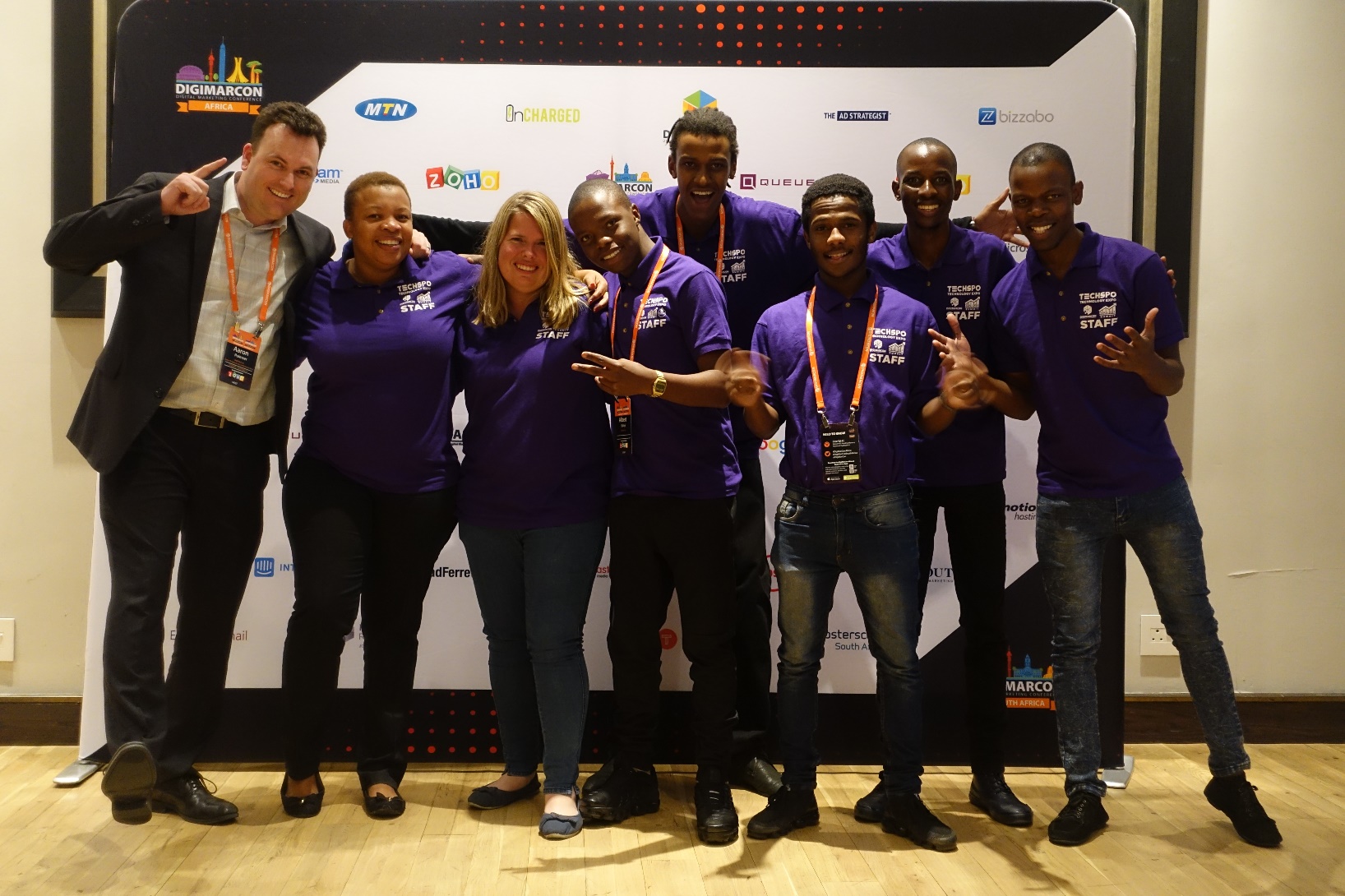

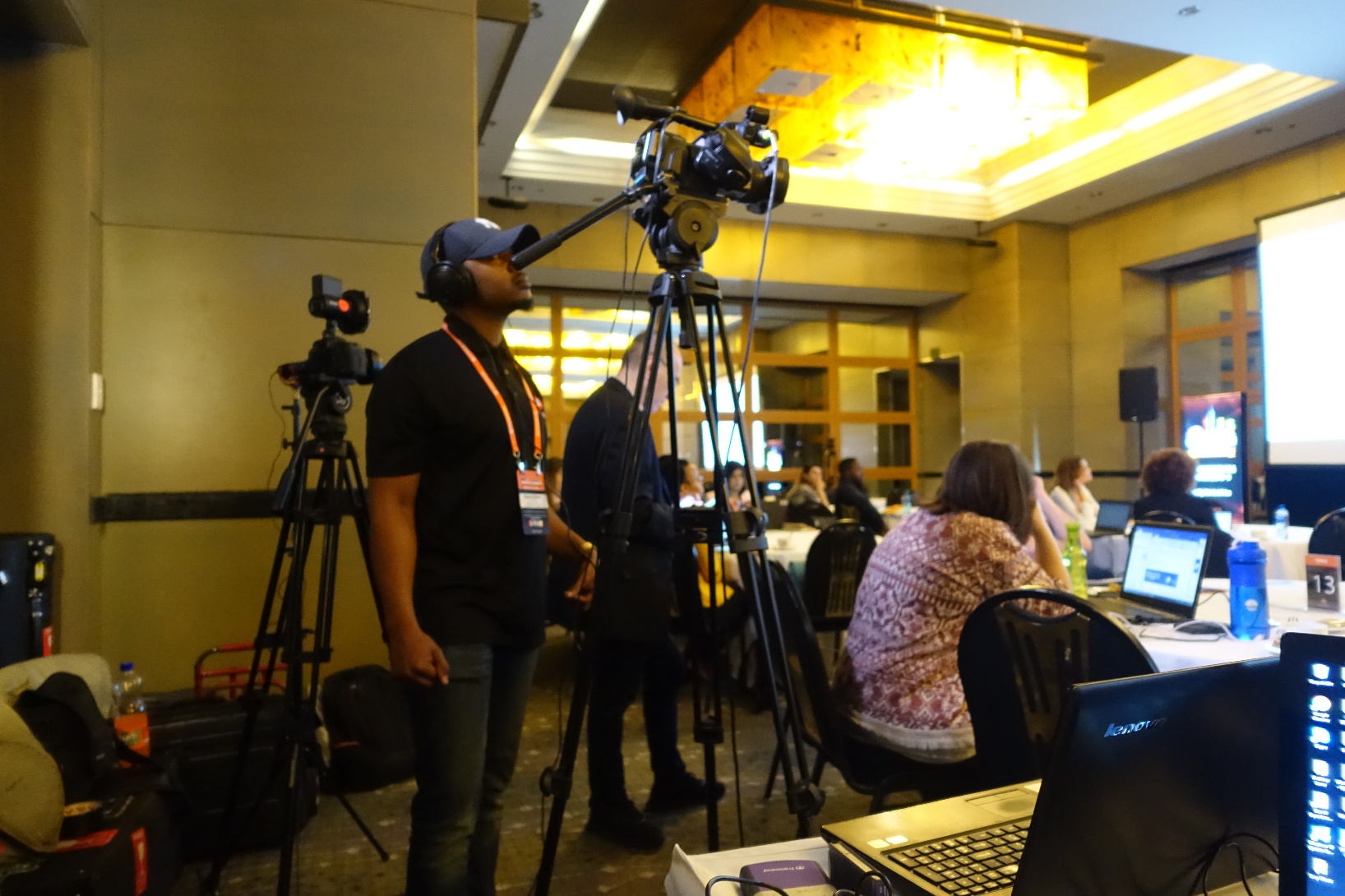









No comments